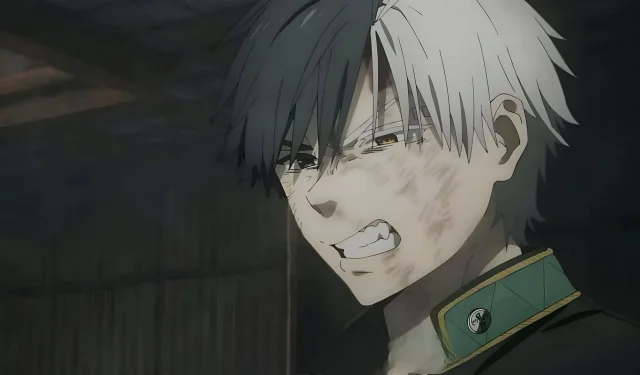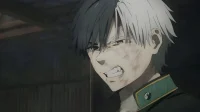Wind Breaker Season 2, Episode 2, premiered on April 11, 2025, bringing viewers the climactic conclusion of the KEEL Arc. This episode showcased a fierce showdown as Bofurin emerged victorious after an intense battle, further highlighting the series’ emphasis on dynamic combat.
The installment displayed not only captivating fight scenes but also illustrated a significant development in character arcs and thematic depth, observed during a poignant exchange between Sakura and Nagato. This discussion marked a stark contrast to the protagonist’s trajectory since the season’s outset. Nevertheless, some viewers felt that the episode’s pacing could have been more deliberate.
Disclaimer: This article represents the opinions of the author.
Wind Breaker Season 2, Episode 2 Review: A Feast for the Senses through Animation and Voice Acting
Titled “Conclusion,”Wind Breaker Season 2, Episode 2, focused on the individual battles among Bofurin and KEEL’s fiercest members. The portrayal of KEEL transformed them into provocateurs, heightening the stakes and revealing their true, bratty natures.
This portrayal effectively intensified the tension surrounding Bofurin’s reactions, especially in Suo’s unexpected responses to taunts, which contributed to significant character development.
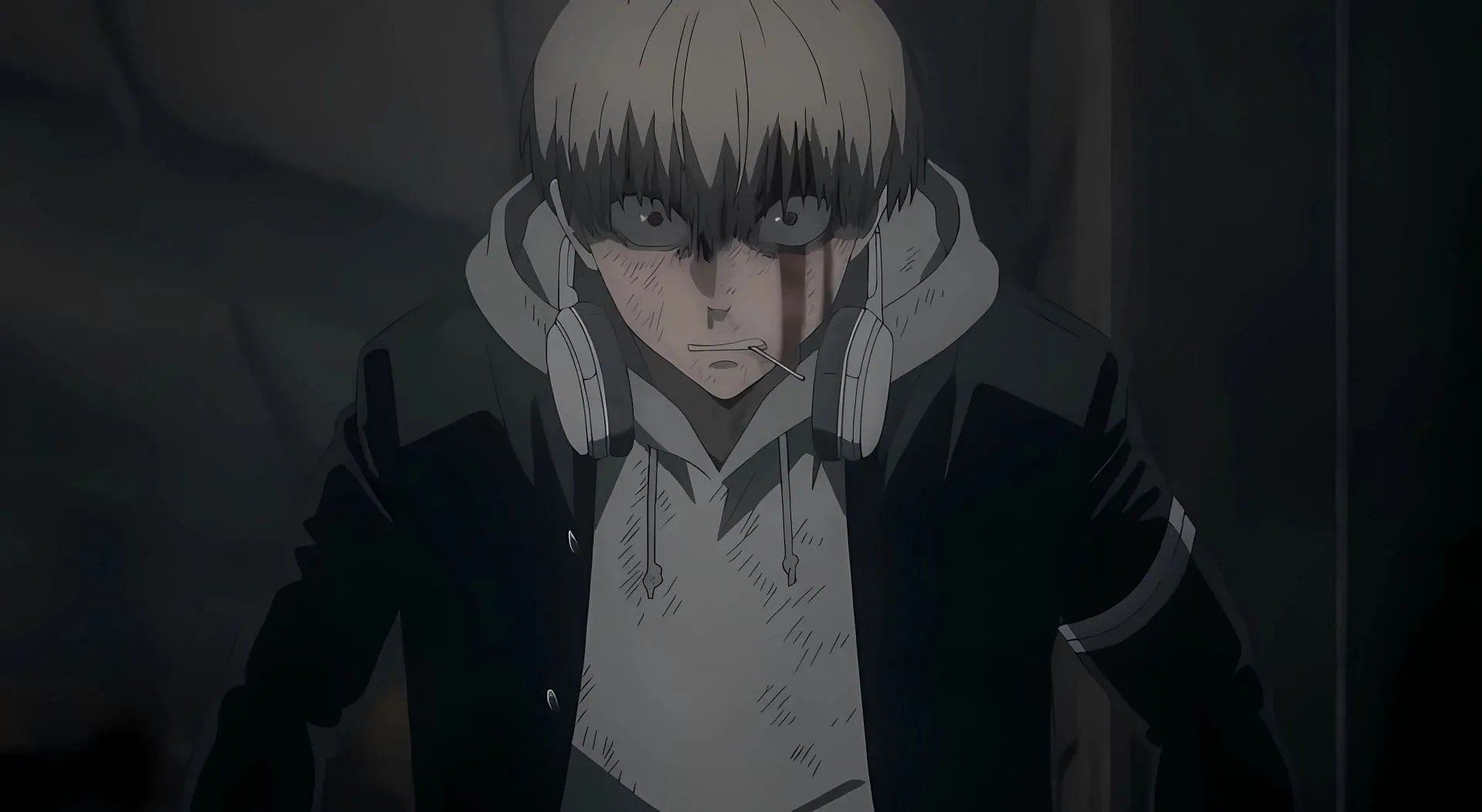
The animation quality exemplified in the fight sequences sets a high bar for future episodes, with Studio CloverWorks successfully merging detailed character emotions with fluid transitions that engage the audience throughout the battles.
Among the standout scenes were two key combats: Kaji vs. Natori and Suo vs. Hansuke Tone. Kaji’s encounter was particularly gripping as it showcased his psychological battle, leaving fans to ponder whether his emotional turmoil would lead to his physical or mental breakdown.
The depiction of Kaji’s rage as a dormant beast added layers to his character, creating an unforgettable moment in his conflict against Natori.
Conversely, Suo’s battle was notable as it signified a break from his typically composed demeanor. His rage was a pivotal turning point for a character known for patience, adding depth and intrigue to his persona.
While cinematic techniques enhanced Suo’s emotional moment, the judicious use of such visuals ensured that the exceptional animation of the combat sequences remained a focal point.
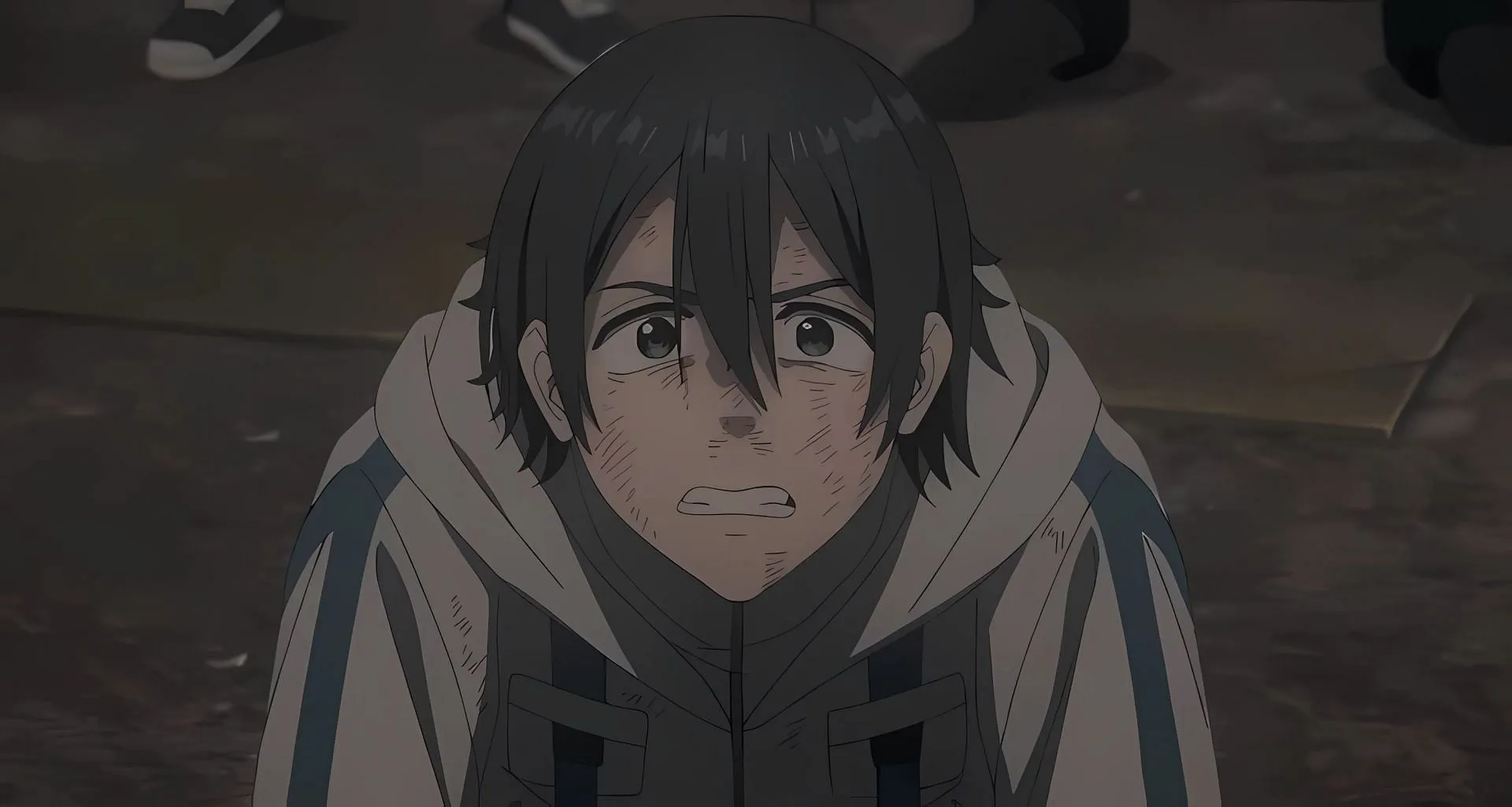
The voice acting in Episode 2 stood out as a crucial element that heightened the emotional stakes. Nobunaga Shimazaki’s nuanced performance as Suo, coupled with the tension conveyed by Yuuma Uchiha as Sakura and Nobuhiko Okamoto as Kaji, brought the manga’s panels to life in remarkable ways.
The episode concluded on a reflective note with Nagato’s conversation, reinforcing the series’ core themes of loyalty and sacrifice. This moment signified the remarkable growth of the main character since the beginning, effectively embodying the title “Conclusion.”
Wind Breaker Season 2, Episode 2 Review: Rapid Pacing with Unfulfilled Potential
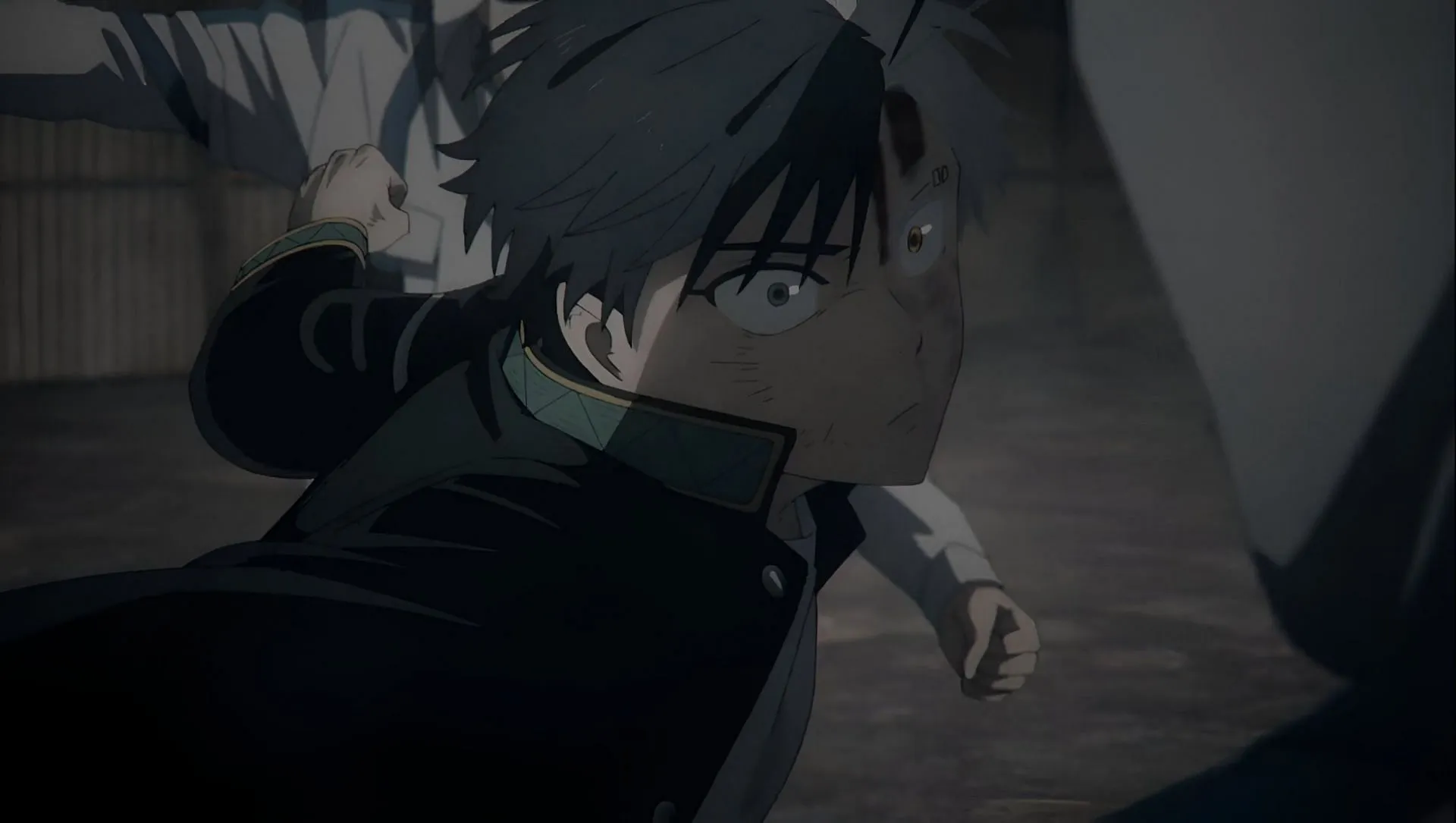
The return of Wind Breaker Season 2 brought about a noticeable increase in pacing compared to the first season. However, Episode 2 escalated this speed, rapidly adapting several chapters from the KEEL Arc in a compressed timeframe.
In retrospect, a better approach would have involved extending the primary fight sequences, allowing more character interaction and tension, particularly during Sakura’s confrontation, which felt regrettably brief given her pivotal role as the series’ hero.
Despite an electrifying pace, this rush resulted in a storyline that occasionally faltered, making it challenging for audiences to follow the multitude of battles unfolding at KEEL’s base. Consequently, even the strongest members of KEEL lacked distinctiveness, ultimately leading to an underwhelming impression of their antagonist status.
Final Thoughts
Despite the episode’s brisk nature, the fight sequences remained visually stunning, aided by remarkable animation quality. Furthermore, the exploration of character development added a refreshing dimension to the viewing experience.
Ultimately, while KEEL failed to leave a memorable impact as antagonists, the show still shines with its character-driven narrative, especially when compared to the more memorable Shishitoren gang from Season 1, which featured a charming cast such as Togame and Choji.
